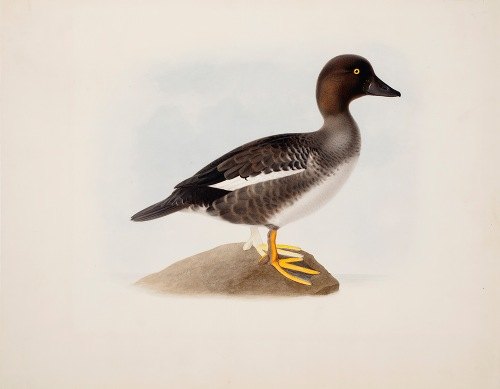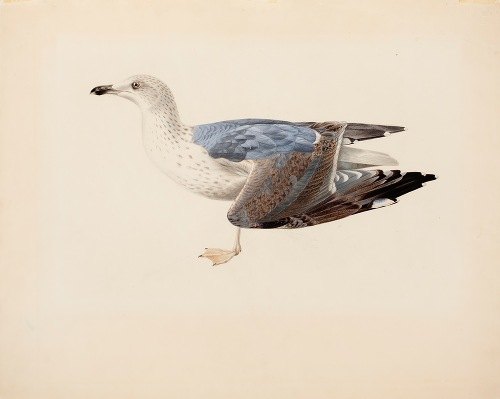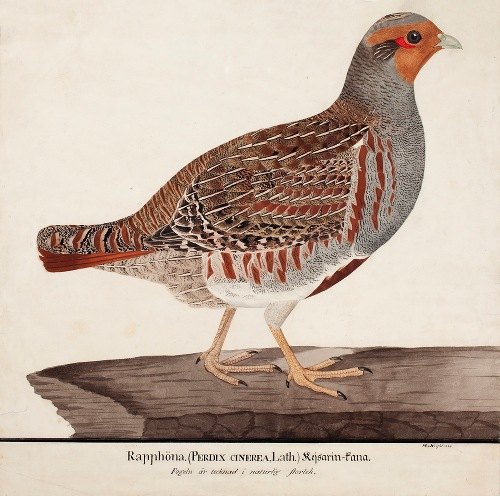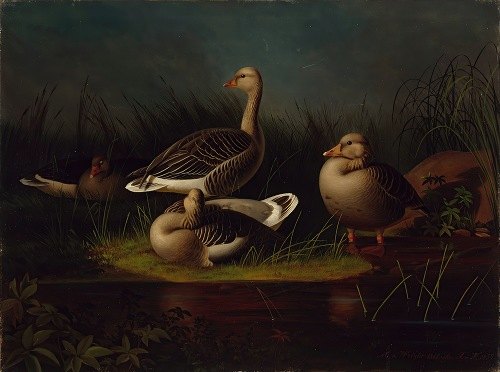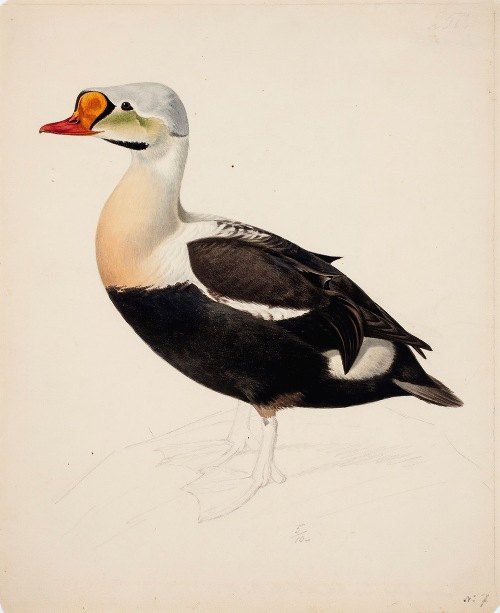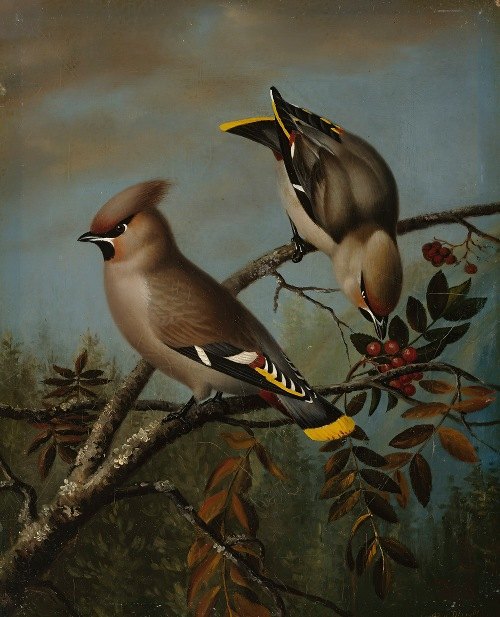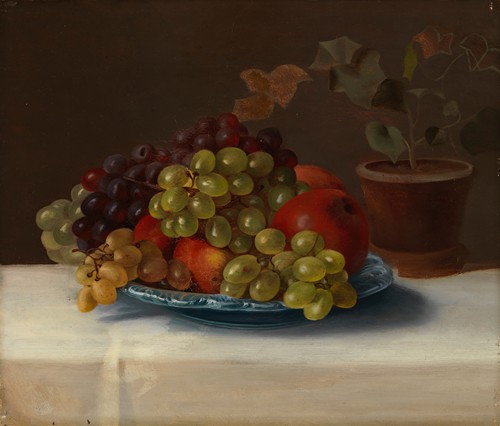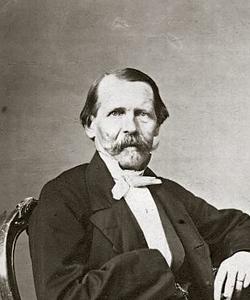

Magnus Von Wright
Magnus von Wright was a Swedish-Finnish painter, ornithologist and educator. In addition to bird illustrations, he was also known for his landscapes.
Magnus von Wright was born at the village of Haminalahti in Kuopio, Finland. His ancestors included Scottish merchants who had settled in Narva during the 17th-Century. His father Henrik Magnus von Wright was a retired Major who owned the family estate, Haminalahden.
He attended high school in Turku Gymnasium from 1823–25. It was there that he first developed his interest in birds and, although not a university student, was able to join the scientific society Societas pro Fauna and Flora Fennica organized by Carl Reinhold Sahlberg (1779-1860).
From 1823 to 1825, he attended the Royal Swedish Academy of Arts in Stockholm and studied privately with Carl Johan Fahlcrantz (1774-1861). He was also permitted to study the ornithological collection at the Royal Swedish Academy of Sciences.
His first professional work came when he was asked to provide illustrations for Otava eli suomalaisia huvituksia (Stockholm: C. A. Gottlund. 1828), a three-volume compendium of Finnish culture and history, prepared and published by Carl Axel Gottlund (1779–1860).
In 1857, he made a study trip to Düsseldorf, where he created a series of still-lifes. Two years later, he published his own work on Finnish birds. He also spent many years helping to reconstruct the botanical and zoological collections that had been destroyed in the Great Fire of Turku. His paintings of Helsinki and its environs are considered to be of great historical value.
In 1846, he was elected to the board of directors of the Finnish Art Association and held this position until his death in 1868 at Helsinki.


